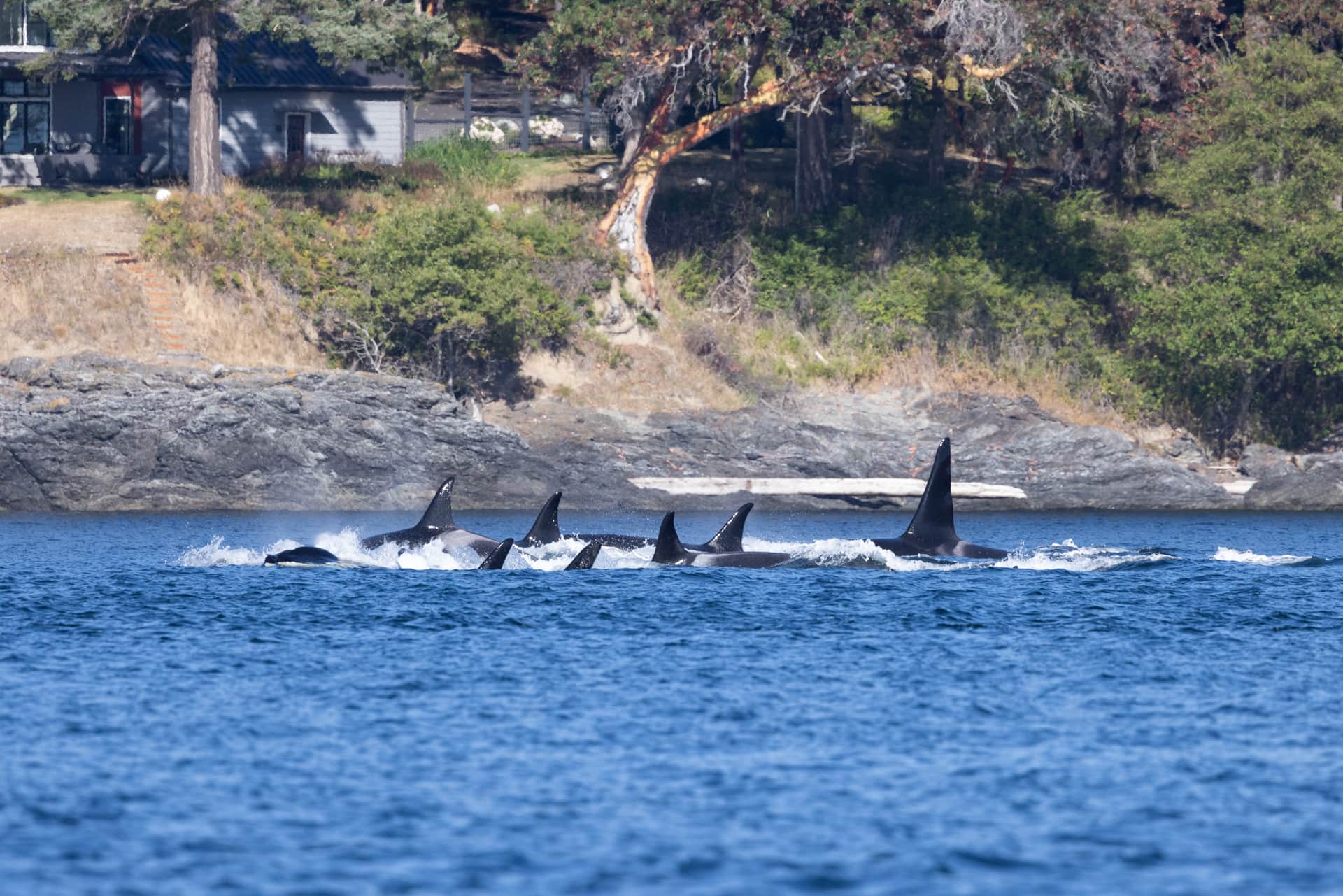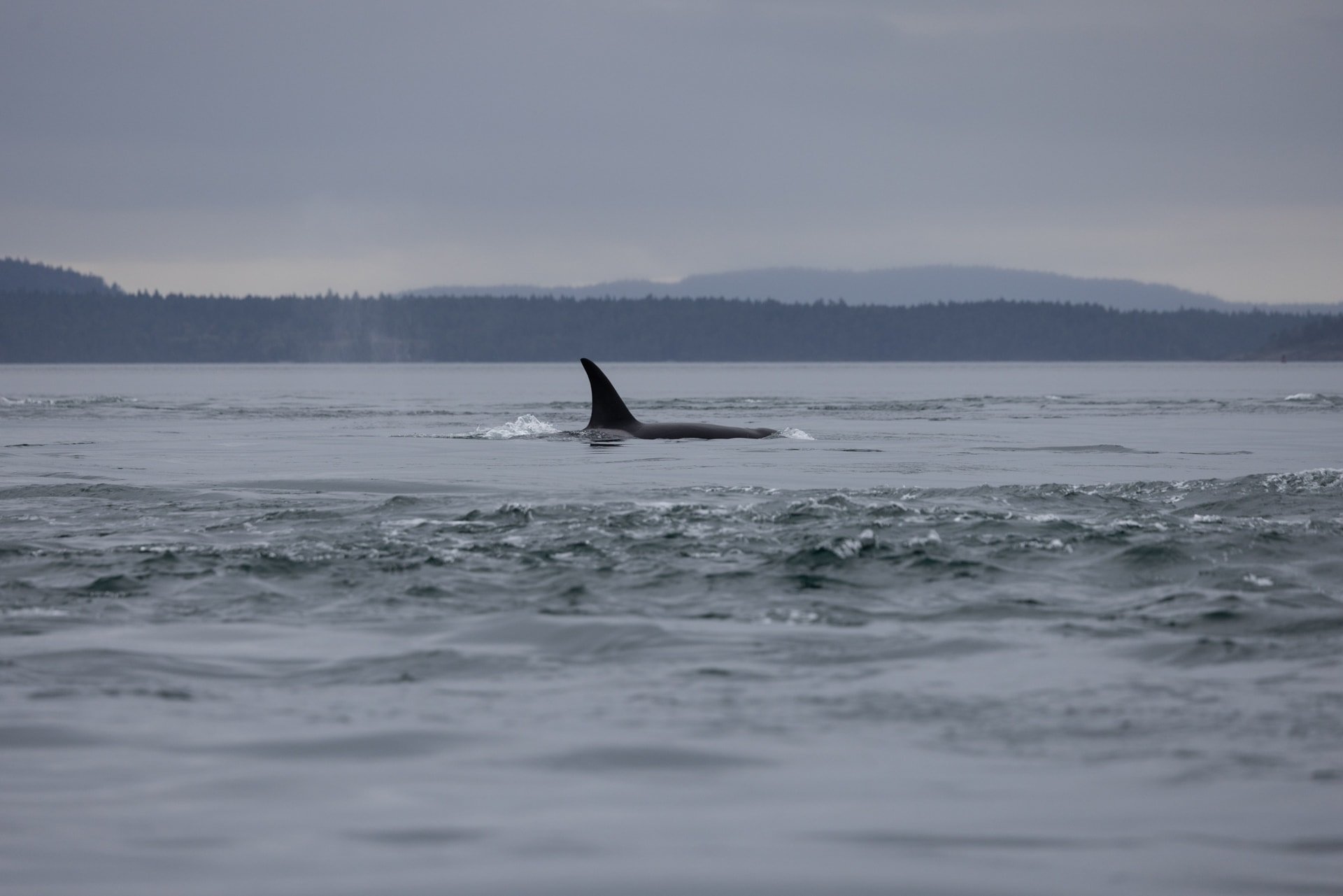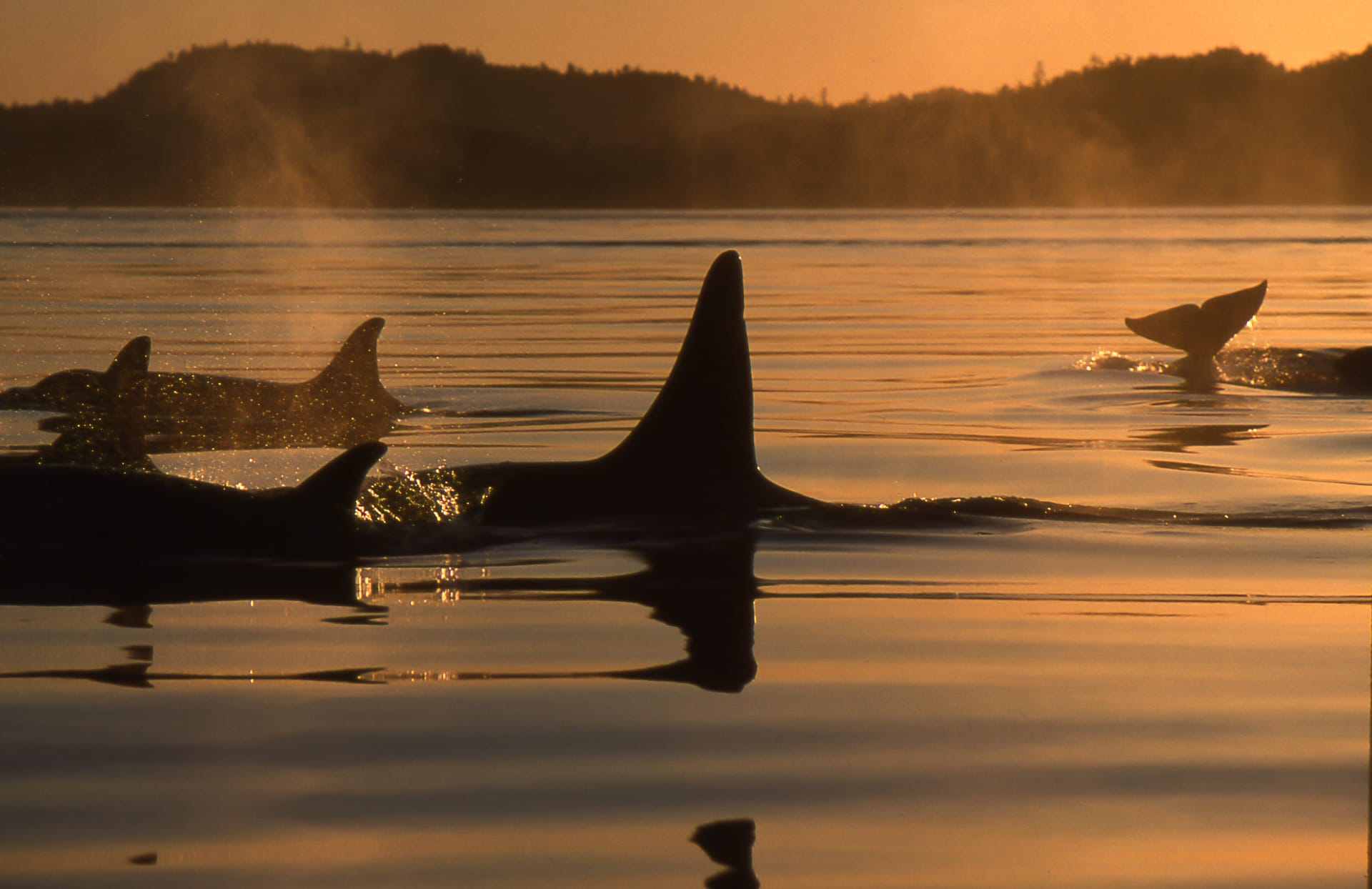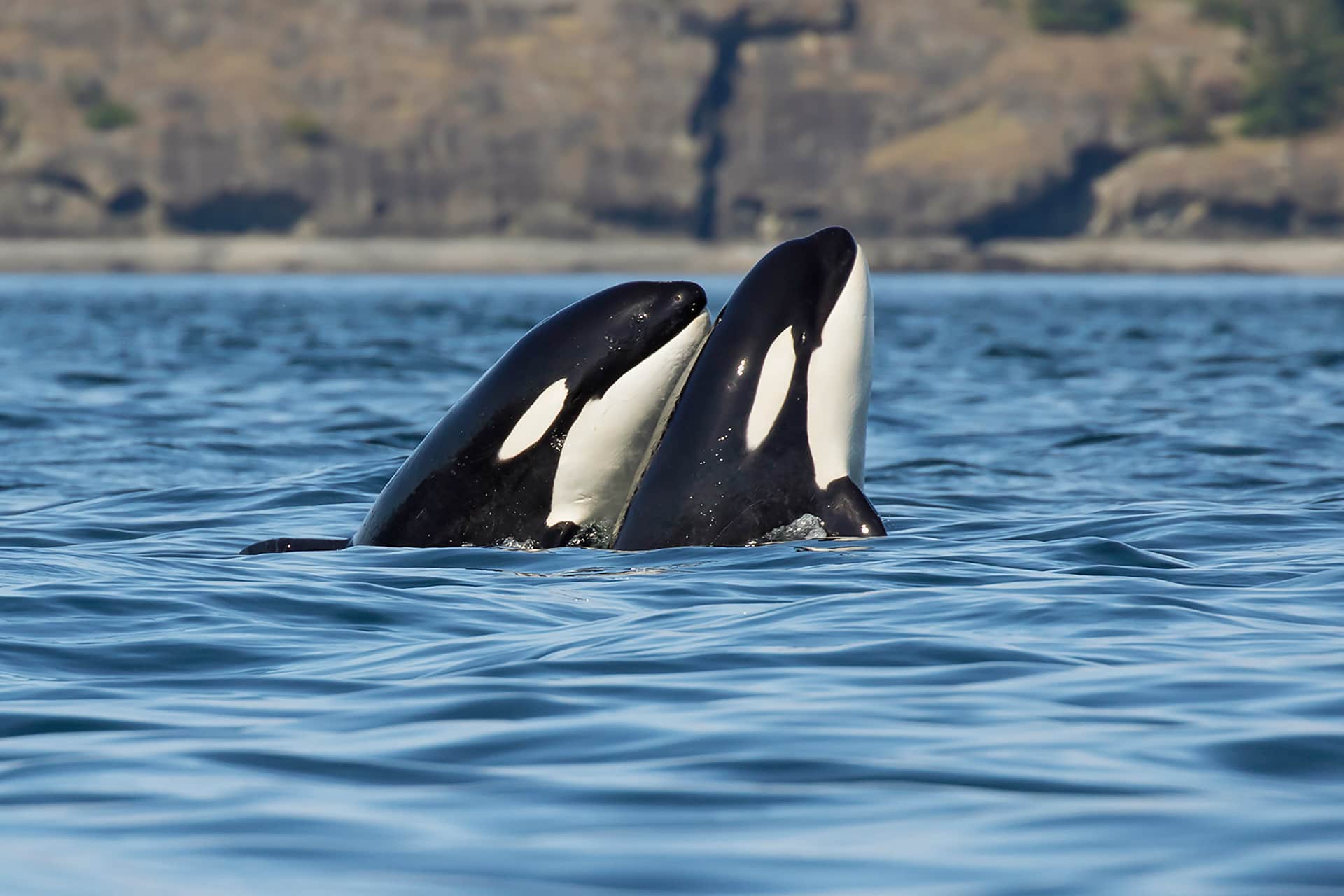
NOAA Fisheries has proposed to divide fish-eating killer whales from mammal hunting populations by creating two new species: Orcinus ater for residents and Orcinus rectipinnus for transients, aka Bigg’s. What! Why? A Deeper Dive into this study and the whaling history behind these species’ names is here.
The short answer is that NOAA, the government agency charged with managing and recovering this species, claims that giving unique species names to distinct populations or groups of populations will help assess and protect those at risk.
Perversely, recognizing distinctness is a position they would not adopt when a rapid population decline in the 1990s threatened the Southern Resident killer whale’s survival. Yet it was abundantly clear then that they did not interbreed or share a language or culture with northern residents or mammal-hunting transients.
In 2005, after a legal challenge, Southern Resident killer whales were listed under the Endangered Species Act as a “distinct population segment.” In essence, this gives them the same rights to protection under the law as a unique species.
Yet if adopted, Orcinus ater would not be limited to Southern Resident killer whales but would apply to all resident populations of the northeast Pacific and those of Russia and Japan! So, if this name is used over such a vast geographic area, are there any conservation benefits for this endangered population?
None whatsoever. Declaring that they “deserve species-level status” and a name change is like re-arranging deckchairs on the Titanic. What they need and deserve is more Chinook salmon. After nearly 20 years of “endangered status,” J, K, and L Pod are still struggling for survival, and the name for that is shameful.





